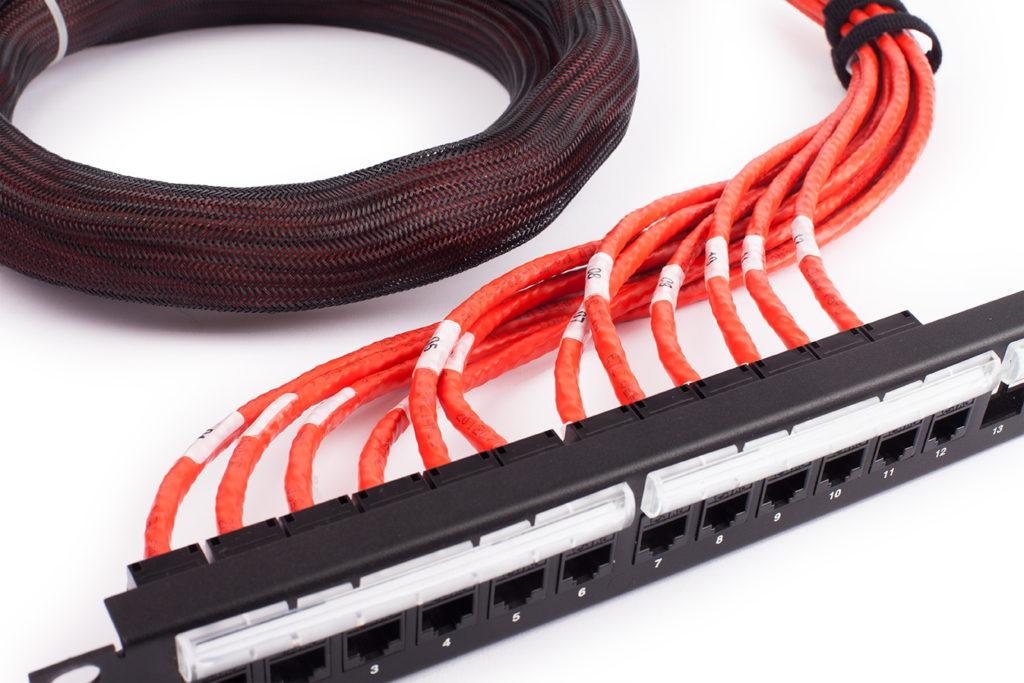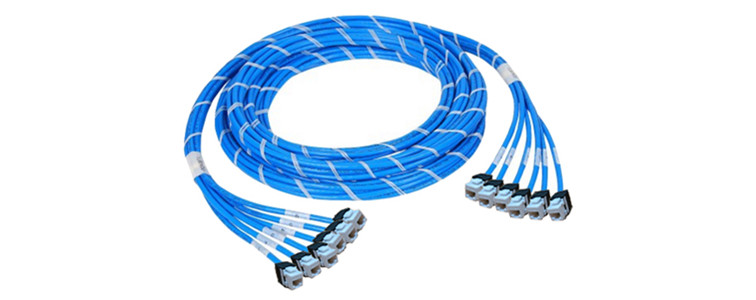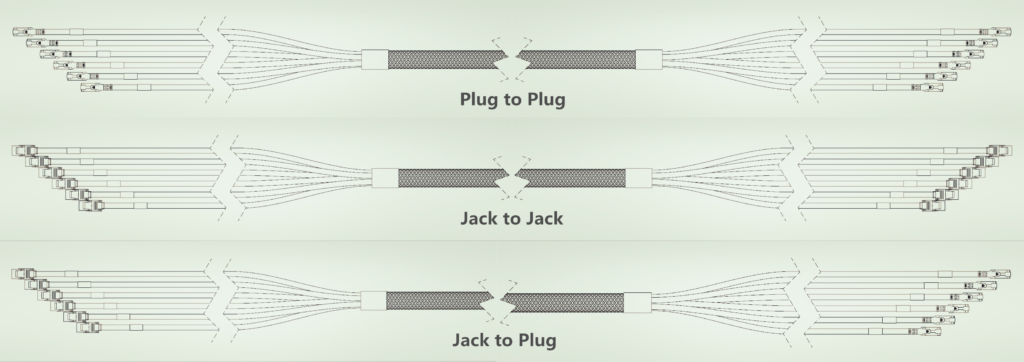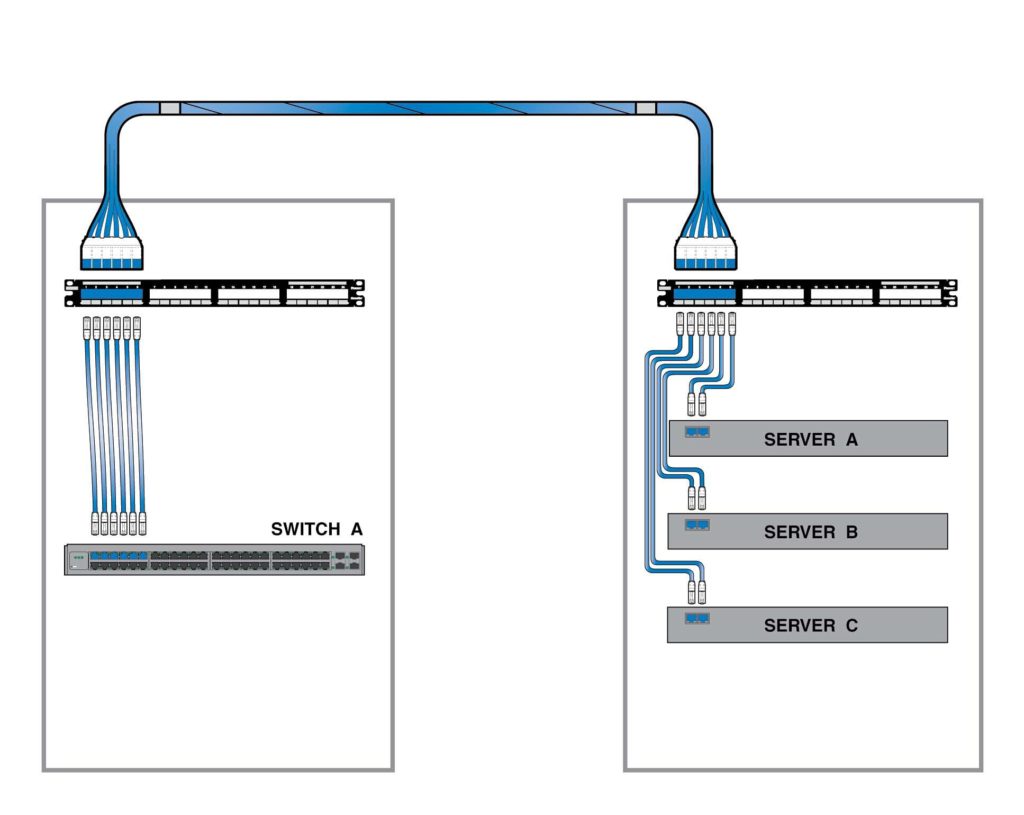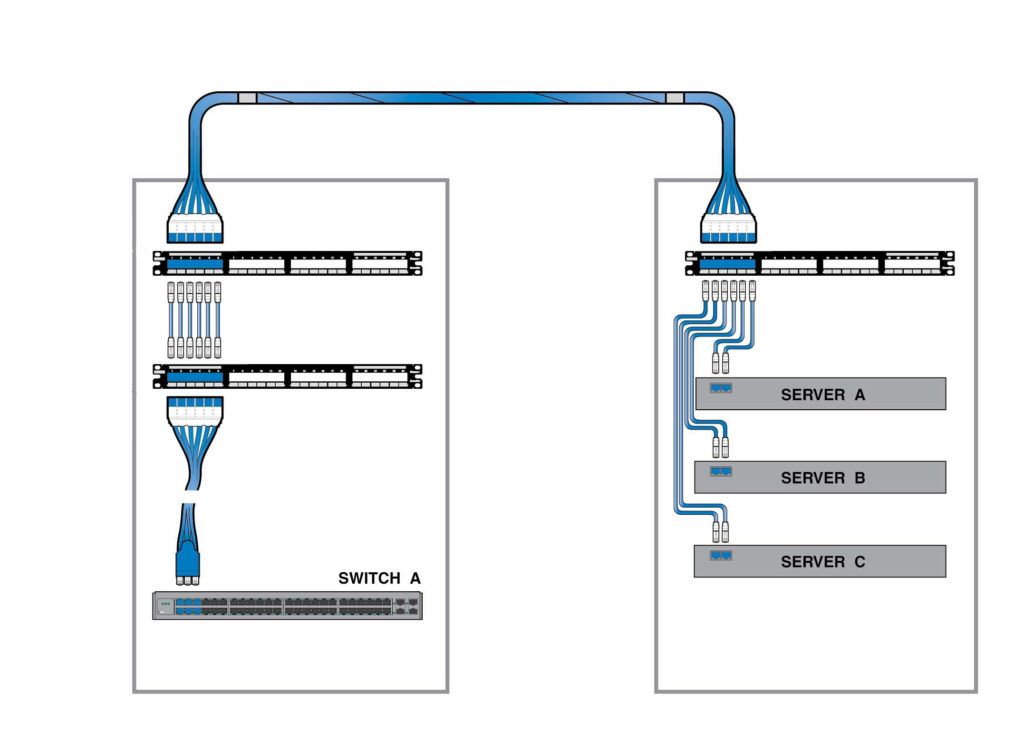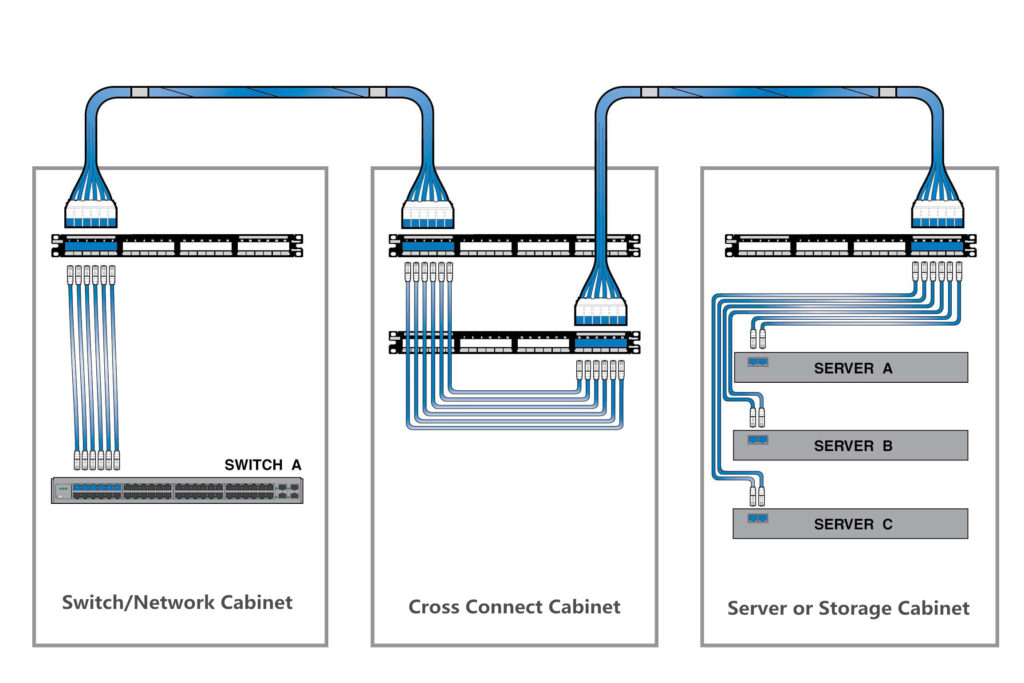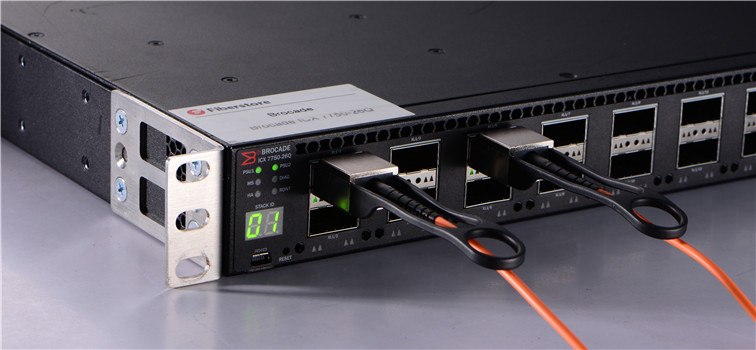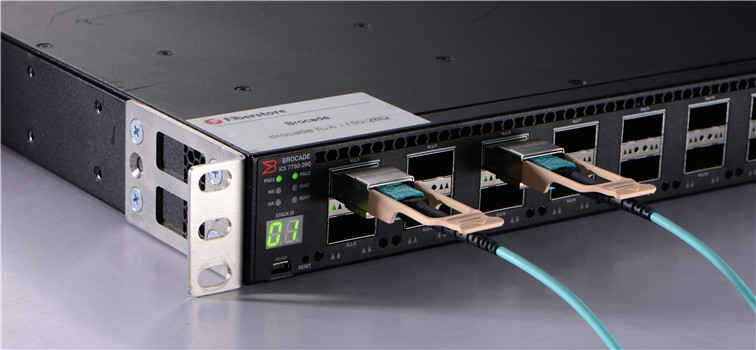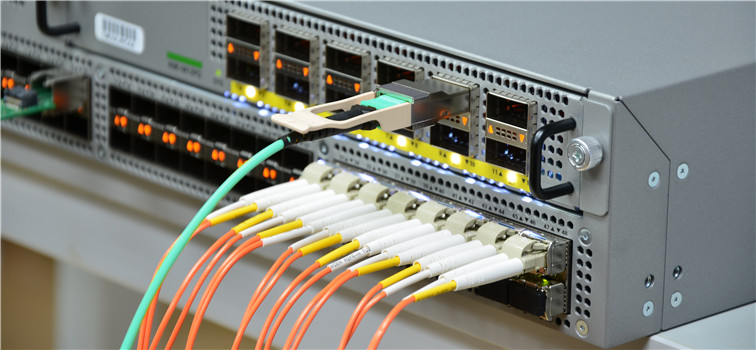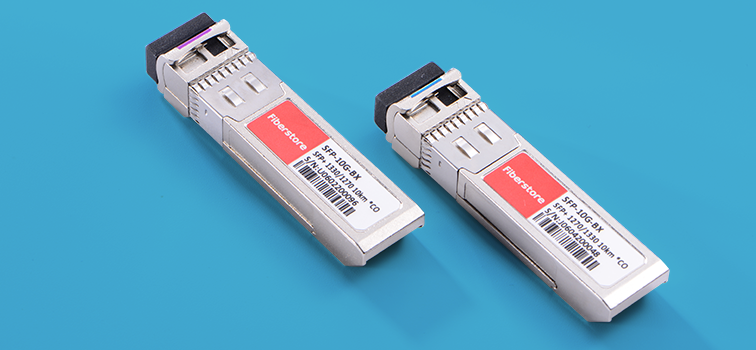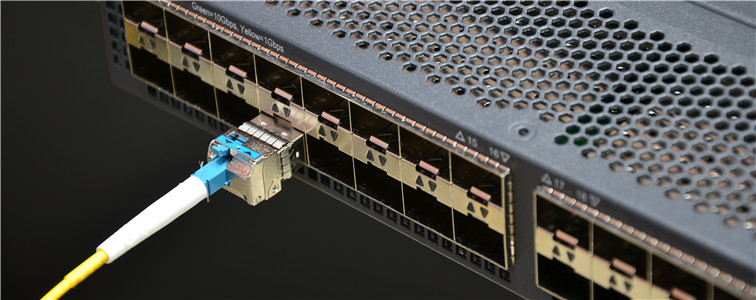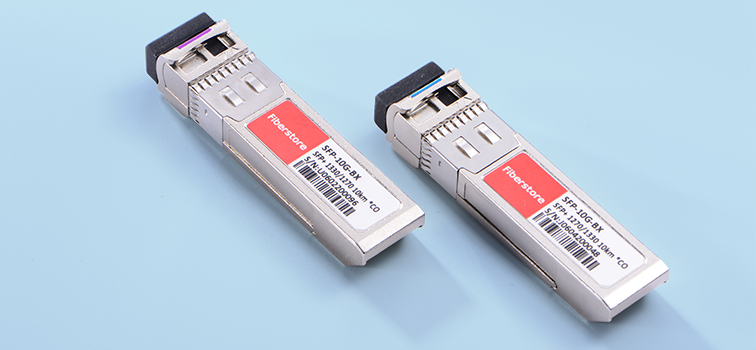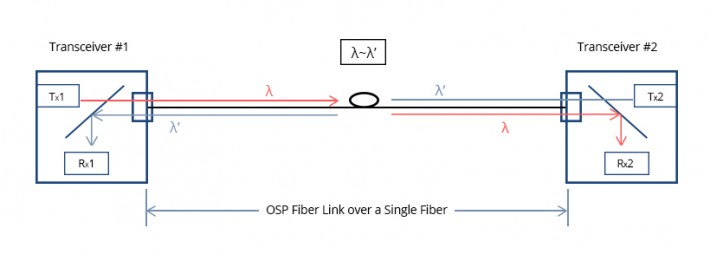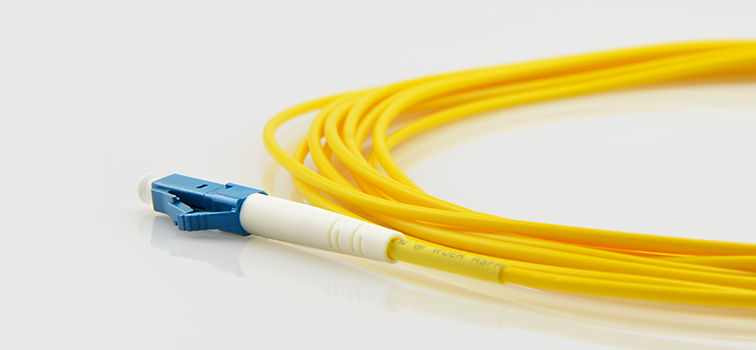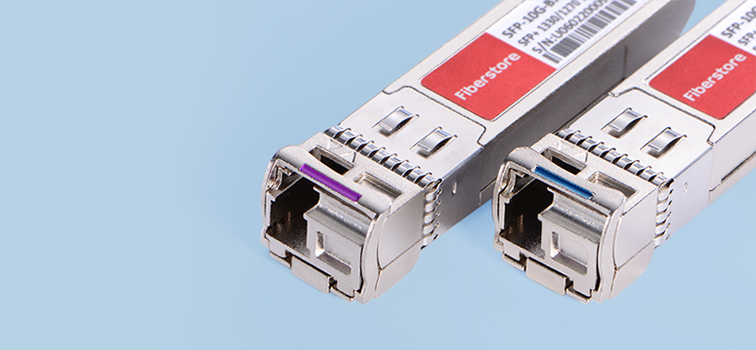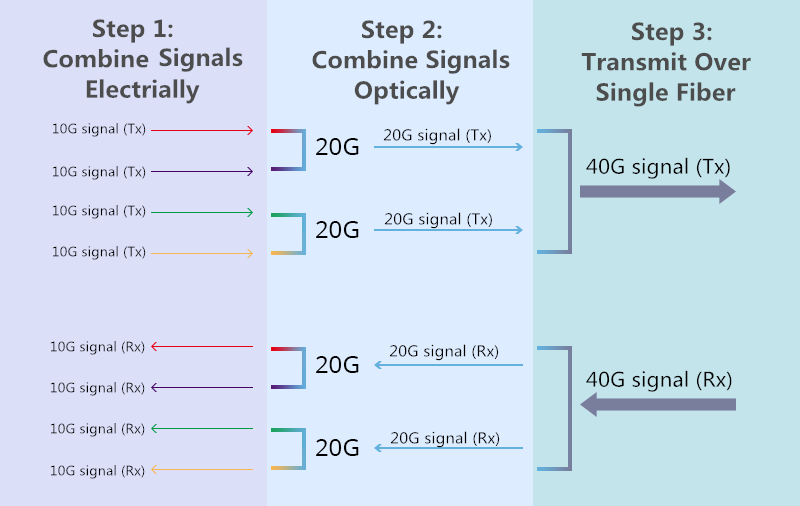When selecting 40G fiber optic transceivers, customers are easily confused by the standards and models of the 40G modules. This is because the standards of transceiver are generally the combinations of letters and numbers. Some of the standards and models are really similar to each other. Thus, this post is to offer an illustration of three 40G modules whose standards and models are easily misidentified. These 40G modules are QSFP-40G-SR4, QSFP-40G-CSR4 and QSFP-40G-CR4. Details of the three modules will be firstly introduced separately. Then comparison in specific applications among them will be offered.
The three standards look similar. However, they actually have great differences from each other. Here starts from 40Gbase-SR4. Many vendors use “QSFP-40G-SR4” to identify 40G QSFP+ modules that support by 40Gbase-SR4 standards. 40Gbase-SR4 QSFP+ is the most popular 40G fiber optic transceiver for transmission in short distances. 40GBASE-SR4 QSFP+ module supports link lengths of 100m and 150m, respectively, on OM3 and OM4 multimode fibers. It is a parallel fiber optic transceiver containing a MTP/MPO interfaces, which use 4*10G transmission pattern. With four 10G SFP+ lane in one module, QSFP-40G-SR4 can achieve 40G optical signal transmitting and receiving at the same time via a ribbon fiber cable. The following picture shows how signals are transmitted over a MTP ribbon fiber cable.
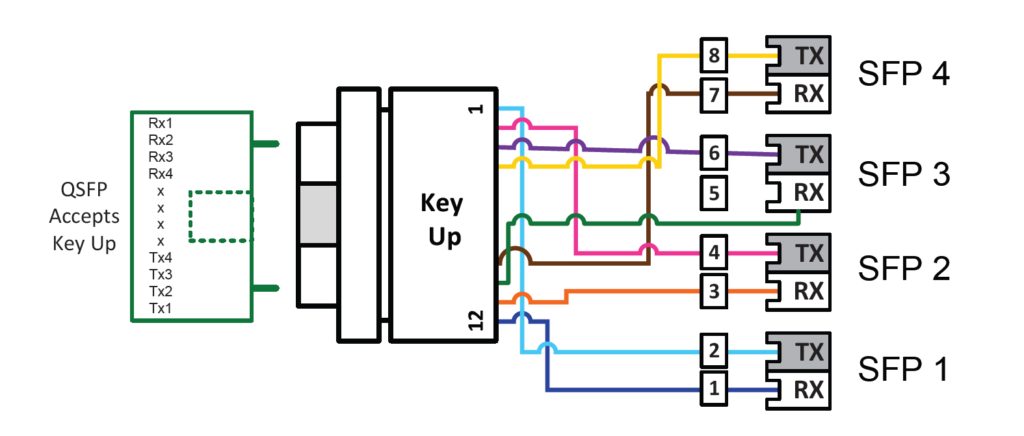
The working principle of QSFP-40G-CSR4 module is similar to QSFP-40G-SR4 module. Both QSFP-40G-CSR4 module and QSFP-40G-SR4 module has MTP/MPO interface. However, 40Gbase-CSR4 module can be regarded as an upgraded version of the 40Gbase-SR4 module. It can support longer 40G transmission up to 300m on OM3 and 400m on OM4. Transmission distance is the biggest different form the two 40G fiber optic transceivers.
QSFP-40G-CR4 module is very much different from the above mentioned two 40G modules. It is a pre-terminated copper cable with both ends terminated with QSFP+ connector. It is known as 40G QSFP+ cable or 40G QSFP+ direct attach cable. Limited by the property of copper cable, QSFP-40G-CR4 can only reach a transmission distance of 7 meters.
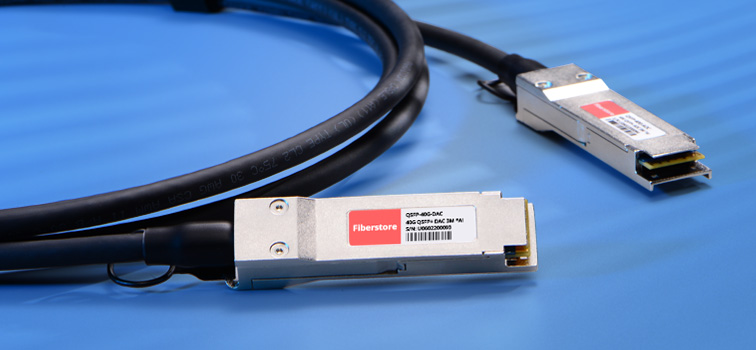
As the above mentioned, QSFP-40G-SR4, QSFP-40G-CSR4 and QSFP-40G-CR4 are all designed for 40G transmission in short distances. Which one is better for your applications? This should be decided by the specific applications. Generally, there are two types of transmission in 40G network: 40G to 40G transmission and 40G to 10G transmission. All the three modules can accomplish the two applications. However, there are some differences.
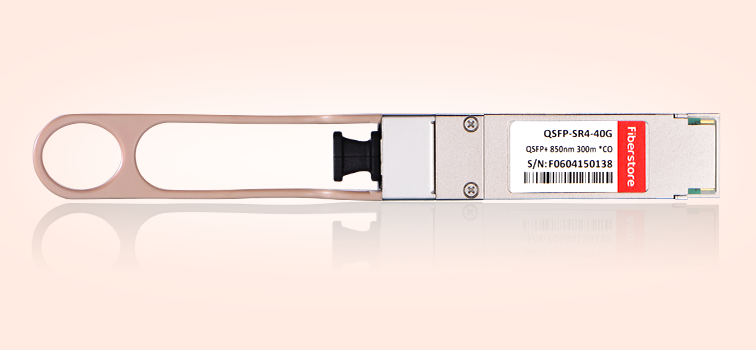
QSFP-40G-SR4 and QSFP-40G-CSR4 uses the same connection methods for 40G-40G and 40G-10G transmission. For 40G to 40G connections, a length of MTP trunk cable can be used to connect two QSFP-40G-SR4 or QSFP-40G-CSR4 modules to form the whole link. The following picture takes Cisco Nexus 9396PX 40G connection as an example. For 40G to 10G connection, a MTP-8LC harness cable can be used to connect a QSFP-40G-SR4 or QSFP-40G-CSR4 module with other 10G devices.

For 40G QSFP+ to QSFP+ direct attach cable (DAC), no additional fiber patch cables are need for 40G to 40G connection. Directly insert the two QSFP+ connector in to the devices, 40G transmission can be achieved. For 40G to 10G transmission, another version of QSFP+ DAC can be used, which is known as QSFP+ to 4 SFP+ direct attach cable. The following picture shows how to connect a 40G port to four 10G port by using a QSFP+ to 4 SFP+ copper cable.
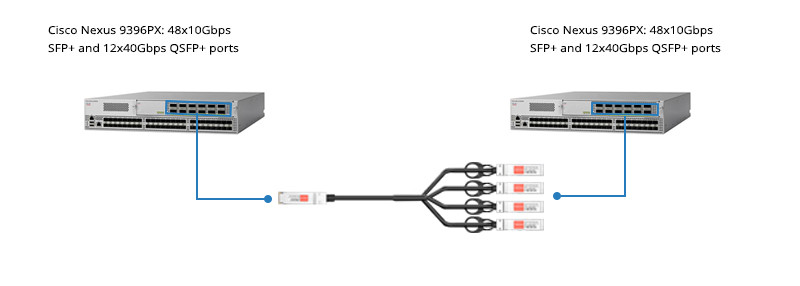
If your transmission distance is less than 150 meters but longer than 7 meters, then QSFP-40G-SR4 module would be the best choice. If your transmission distance is longer than 150 meters, QSFP-40G-CSR4 module is suggested for better network performance. If the transmission distance is less than 7 meters, then QSFP-40G-CR4 modules would be the most cost-effective solutions.
Related Articles: How to Connect 40G QSFP+ SR4 Transceivers to Network?

